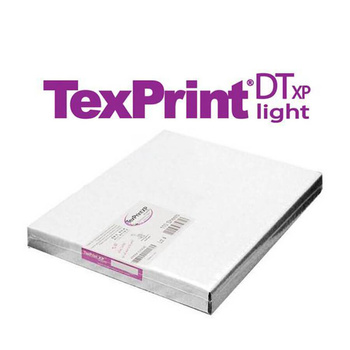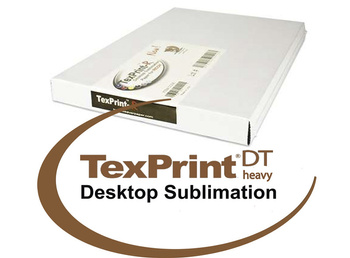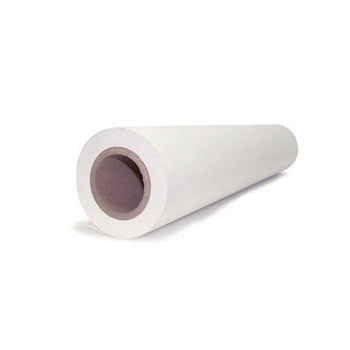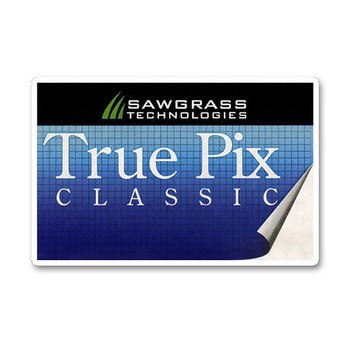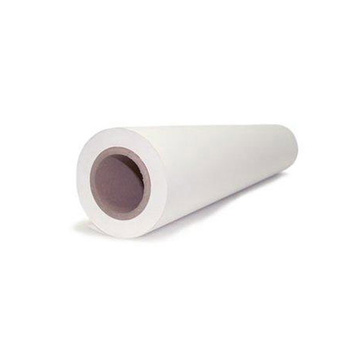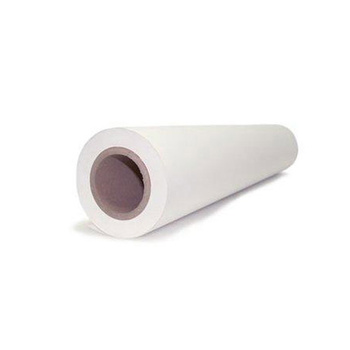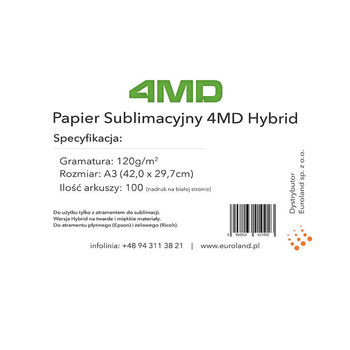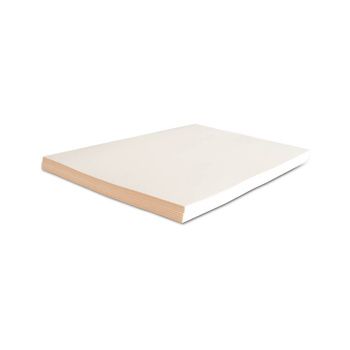Add products by adding codes
Sublimation paper - what is it and what do you need to know about it?

There are many printing techniques, but sublimation stands out for its exceptional durability and color intensity. It relies on the direct transfer of dye in the form of a gas onto the material, which ensures deep penetration of the paint into the fabric or other surfaces. To make this possible, sublimation paper is required. What it is and how to use it? The answers to these questions can be found in the following article.
Table of contents
- Sublimation paper - how it works
- Sublimation paper - on which side to print designs?
- Storage of sublimation paper
- Printer calibration - an important step when sublimation printing
- Advantages of using sublimation paper
Sublimation paper - how it works
Sublimation paper is a material covered with a special coating that allows the ink to be retained on the surface until it is transferred to the target object. Under the influence of temperature and pressure, the dye penetrates deep into the structure of the substrate. This makes the pattern durable and resistant to damage. This method can be used to decorate m.in.:
- polyester or fabrics made of its polyester,
- ceramics (cups, plates),
- aluminum,
- promotional products dedicated to this printing technique, such as mouse pads or phone cases.
Sublimation printing is sometimes called indirect because the transfer paper acts as an intermediary between the graphic file and the target surface.
Sublimation paper - on which side to print designs?
Using sublimation paper, it is necessary to know on which side to print. The surface for printing is usually more matte or has a fine texture, while the other is slippery. Most manufacturers introduce markings on the back. If there are no clear indications, it is a good idea to run a print test to avoid wasting material. It is also important to choose the right ink. Always use sublimation inks that are compatible with your sublimation paper and printer. Improper ink can not only reduce the quality of the print, but also lead to damage to the equipment.
Storage of sublimation paper
Proper storage of sublimation paper is as important as the choice of ink or the right printing technique. It should be in a dry place, away from moisture and direct sunlight that can affect its structure or properties. It is best to store sublimation paper in its original packaging, which often protects it from unwanted environmental influences. Moist or damaged transfer material can lead to uneven transfer of designs, which will adversely affect the quality of the print.
Printer calibration - an important step when sublimation printing
Another step that affects the success of sublimation printing is the proper configuration of the printer. Device calibration is a process that allows you to adjust printing parameters, such as color settings, resolution or quality, to the specifications of the sublimation paper. What important is, how to print correctly, is often included in the instructions for use. For this reason, it should not be thrown away. Before starting work, it's a good idea to run a test print to make sure the device works as expected. Regular calibration also avoids problems with uneven ink application, which is especially important for projects requiring high precision.
Advantages of using sublimation paper
The advantages of using sublimation paper make this technique increasingly popular in various industries. Precision and detail of printing is one of its most important advantages - sublimation allows you to obtain vivid colors that faithfully reproduce the smallest details of the graphic design. This makes it perfect for both personalized printing and larger-scale production. Durability of the pattern is another advantage. Graphics made with this technique are resistant to UV fading, abrasion and frequent washing, making them ideal for use on clothing or accessories. The versatility of sublimation paper allows it to be used on a variety of surfaces, such as textiles, ceramics and metal. If you're looking for a way to print permanently and impressively, bet on sublimation printing.

